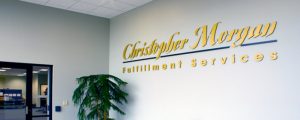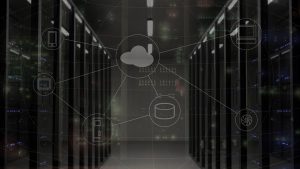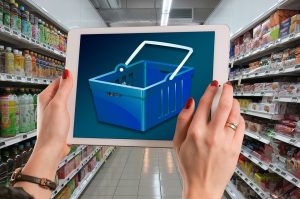Flexibility is an absolutely crucial asset for any business, especially one that relies on a supply chain of any sort. If this was ever in any doubt, it has now been made starkly apparent in the wake of COVID-19. This virus has been destructive to countless businesses. Moreover, the ones that have been able to survive (and in some cases thrive) are those that have been able to remain adaptable with a more flexible supply chain.
Steps to Build a More Flexible Supply Chain
In some rare instances, this has meant completely changing the business model by offering a new service or product with tools readily available. More often, it has meant developing a flexible supply chain that can meet increased customer demand, even as a lot of infrastructures are failing.
Ways to Create a Flexible Supply Chain
A flexible supply chain needs shorter lead times. The ability to change quickly to meet changes in demand and the market, in general, is another benefit. So how do you go about achieving this? Here are some key factors you can influence.
1. Managing Costs
Keeping costs down is critical. Not only does this mean that you can operate either with very low orders or at close-to-capacity, but it also means you can weather any storms and that you have reserve funds to help with resilience. This comes down to everything from the services you use, to the way that you anticipate and prevent avoidable errors.
2. Customer Support and Tracking
Also important is to actively track customer issues and be ready to respond to them. One way you can do that is with the right software: programs like Zendesk can provide you with early warning signs regarding customer issues and give you the foresight you need to respond quickly and meet the customers’ expectations.
For example, if you’re shipping products with inferior batteries, you might be able to spot that problem within the first 50 customers instead of the first 5,000. This makes a huge difference to the overall response your product gets and in turn that can change the momentum you launch with and your subsequent growth.
This has a huge impact on your efficiency, meaning that you can spend less time dealing with returns and issues, and more time reacting to “what’s next.” Of course, it is also another way to manage costs that is often overlooked.
3. Sales Channel Strategy
It’s not just about leaving everything in the hands of your 3PL solution. Just as important is that you do your bit by having the right products and pushing them correctly. Don’t just react to the market demand: try to create that demand with your marketing, such that you are already adapted to perfectly match it!
After the initial burst of sales that come with a successful campaign, hardware products invariably start to see their sales slow down. It’s important to plan past this point to avoid a permanent plateau. You can’t rely indefinitely on the direct-to-consumer model; you need to have additional sales channels lined up. So identify additional ways to reach a wider audience and take a look at the options for online and brick-and-mortar retail outlets that cater to your niche. Particularly with the brick and mortar options, you need to start this process as early as possible. Do it when you have a good number of orders coming in still to prevent a lull and to help encourage partners.
Even then though your job isn’t done! Once the product is on the shelves, you need to drive demand using a good marketing and PR strategy. No matter how much buzz you can generate in the early stages of your product design, that won’t sustain you indefinitely. Eventually, you need to fall back on traditional methods to keep those sales coming and to turn your good idea into a successful business.
4. Shorter Customer Lead Time
It is critical that you be able to get products in the hands of consumers as quickly as possible. This can once again be achieved with the right technology and the right 3rd party companies to work with.
But the simple fact of the matter is that the quicker you can respond to an order, the leaner your business will be.
Christopher Morgan Fulfillment Center Services
Christopher Morgan Fulfillment has access to more than 600,000 square feet of professionally managed, secure, dry storage space, warehousing & distribution in Milwaukee and in all regions of the United States.
Our facilities are located in:
- New Berlin, Wisconsin
- Milwaukee, Wisconsin
- Atlanta, Georgia
- Los Angeles, California
- East Brunswick, New Jersey
 Direct To Customer
Direct To Customer
- Direct Response
- E-commerce Fulfilment
- Catalog/Print Advertising
- Continuity/Membership/Awards
- Customer Contact Center
 Retail Distribution
Retail Distribution
- Big Box Retail Distribution
- Home Shopping
- Electronic Data Interchange (EDI)
- Experts at Retail Compliance
- Partner Testimonials
BUSINESS TO BUSINESS
- Warehousing & Distribution
- Lot Control
- Kitting/Light Assembly
- Inspection Services
- Repackaging & Rework Services

